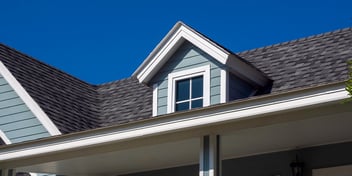- Home »
- Learningcenter »
- Difference between year shingles
What’s The Difference Between 20, 30, 40, & 50-Year Shingles?

When it’s time for a new roof on your home, there’s a good chance that asphalt shingles are one of the options you’re considering. After all, asphalt shingles are the most common roofing materials in the US for residential homes because they are affordable and effective in various environmental conditions.
You’ll notice that there is a big difference between specific roofing products, though, when it comes to how manufacturers describe them. You will often hear manufacturers and roofing contractors alike refer to shingles as 20, 30, 40, or 50-year products.
What are the differences between these shingles, and can you really expect them to last as long as their lifespan ratings?
In this article, we’ll take a look at the different types of asphalt shingles and what it means for them to be rated as having a specific lifespan– both in terms of what is covered under the manufacturer’s warranty and what it means for the lifespan of your next roof.
The Different Types of Asphalt Shingles
By far one of the most popular roofing materials for residential homes in the US, asphalt shingles are affordable and reliable. In fact, 70% of the volume of roofing materials used in roof repair, roof replacement, and residential new construction were asphalt shingles, according to the 2018 Builder and Consumer Practices Report released by Home Innovation Research Labs.
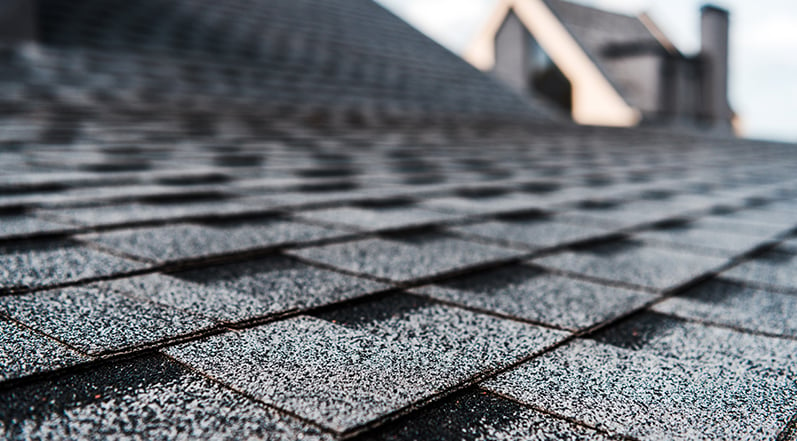
There are actually a number of different types of asphalt shingles, which can vary quite a bit in their longevity, aesthetic appeal, and durability.
3-Tab Asphalt Shingles
3-tab asphalt shingles typically come with a 20 or 25-year warranty. When you picture an asphalt shingle roof, this is likely the type of shingle that first comes to your mind.
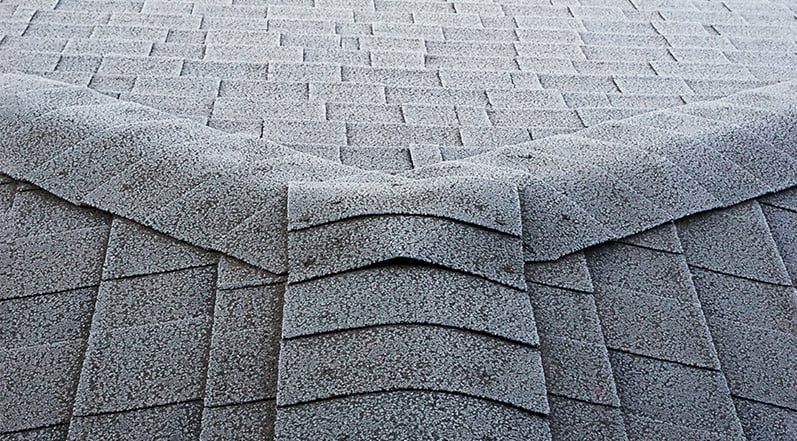
Until architectural roofing shingles were first developed in the 1970s, 3-tab shingles were the norm. Still used in some cases because of their affordability, 3-tab shingles can be a reasonable option if you are budget-conscious and concerned with keeping costs low.
Architectural Roofing Shingles
Also known as laminated shingles, architectural shingles have historically been rated as 30, 40, or 50-year products. In 2011, legislative changes resulted in most shingles having a lifetime warranty. Though this might sound like you’re buying a roof rated to last for the rest of your life, this isn’t the case. We’ll touch upon this in greater depth later in the article under the section “Will a 50-Year Roof Really Last 50 Years?”

Architectural shingles consist of two or more shingle layers that are bonded or laminated together. The term “architectural” comes from the way that the shingles add architectural interest to the roof due to their dimensional thickness and contour.
Available in a wide array of colors and styles, these shingles can mimic the look of historic, natural roofing systems such as slate tiles or cedar shakes. This means that you can receive the aesthetic benefit of these roofing styles without the many drawbacks and expenses of wood or stone roofs.
If you’re considering architectural shingles for your new roof, check out our honest review of GAF Timberline HDZ Shingles– one of the most popular shingles on the market today.
Other Types of Roofing Shingles
Though asphalt shingles are by far the most popular type of roofing shingle in the US, shingles can be made out of a number of different types of materials.

Each of these has its own distinct pros and cons, with metal, wood, and slate shingles, in particular, coming with a hefty price tag.
Metal Shingles
When you think of metal roofs, the first thing that likely comes to mind is a standing seam metal roof. Metal shingles are a component of a different roofing system than standing seam roofs– instead of sheets of interlocking metal, they are composed of shingles made out of metal.
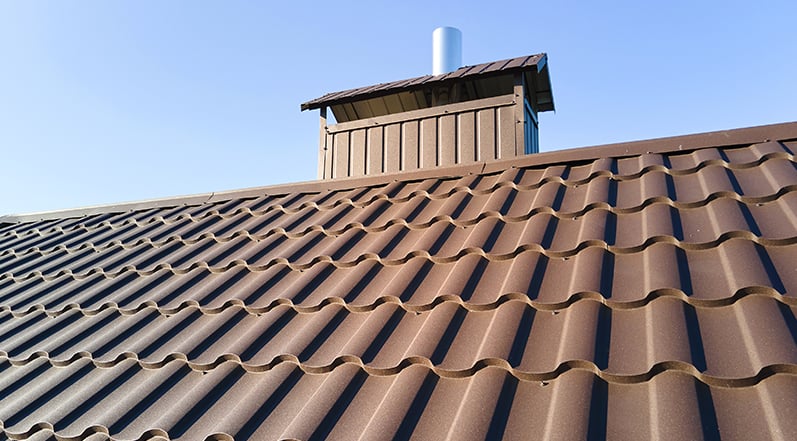
Metal roofs are quite expensive compared to asphalt roofs when you factor in the cost of the material and the cost of labor. In fact, this is one of the most expensive types of roofs you can install. At the same time, they can have a truly impressive lifespan of over seventy years when installed and maintained correctly.
Wood Shingles
This historic roofing material can come in the form of shingles or shakes, with the latter being machine-sawn and the shakes being hand split.
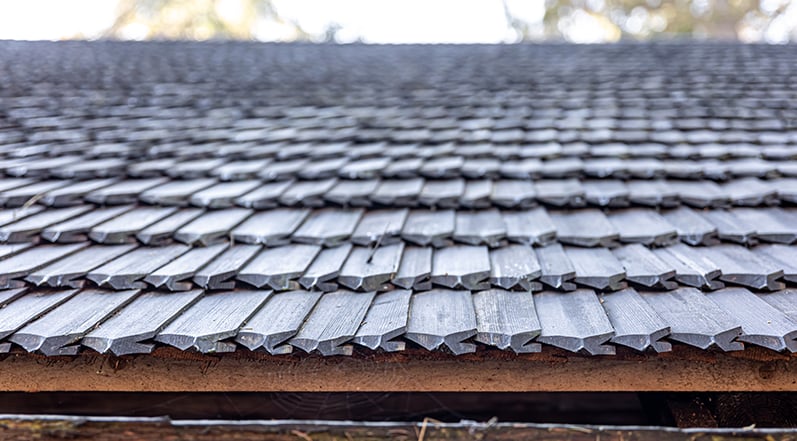
The longevity of wood shingles and shakes can vary depending on the type of wood used– for example; cedar shakes can last from 30 to 50 years, while teak shingles can last from 50 to 80 years.
Slate Shingles
If you want to install a truly enduring roof, slate shingles might seem like a great option. After all, who wouldn’t want a roof that lasts up to one hundred years or even longer? Believe it or not, there are some types of slate that have proven to last 175 years or more.

The reality is that many modern homes aren’t built to withstand the weight of heavy slate tiles. This means that additional structural work would likely need to be done in order to install this type of roofing, which would add to the already high price tag of the material and installation cost.
Synthetic Roof Shingles
Finally, roofing shingles can also be made out of synthetic materials in a way that results in extremely durable shingles. They are lightweight and can mimic the aesthetic of more expensive roofing materials like slate.

The lifespan of these shingles is frequently rated as somewhere between thirty and fifty years, but the price of materials and installation is typically more than your standard asphalt shingles.
What Is the Difference Between 20, 30, 40, and 50-Year Asphalt Shingles?
Trying to navigate through all of your different options when choosing shingles for your home can get pretty confusing. Replacing your roof can be a significant expense, and it can be hard to determine what makes sense in terms of your current upfront costs when compared to the cost over the lifetime of a roof.
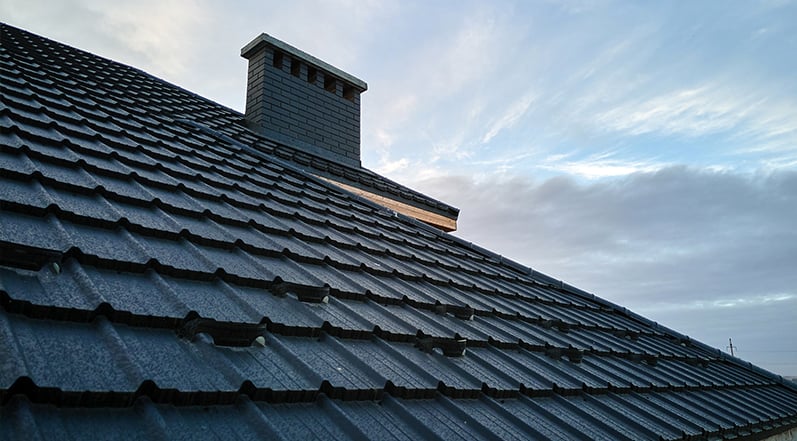
Most of the shingles that are considered 20 or 25-year shingles are going to be 3-tab asphalt shingles. While they are cheaper than other available options, they also aren’t nearly as durable or long-lasting.
Architectural shingles often come in three different grades and are typically described as 30-year, 40-year, or 50-year products. The marketed lifespan of the roofing system will relate to several important elements of your roofing system, which we break down below.
Thickness
One of the main differences between these types of shingles is going to be the thickness. 20-year shingles are the thinnest out of these different shingles, while 50-year shingles will be the thickest.
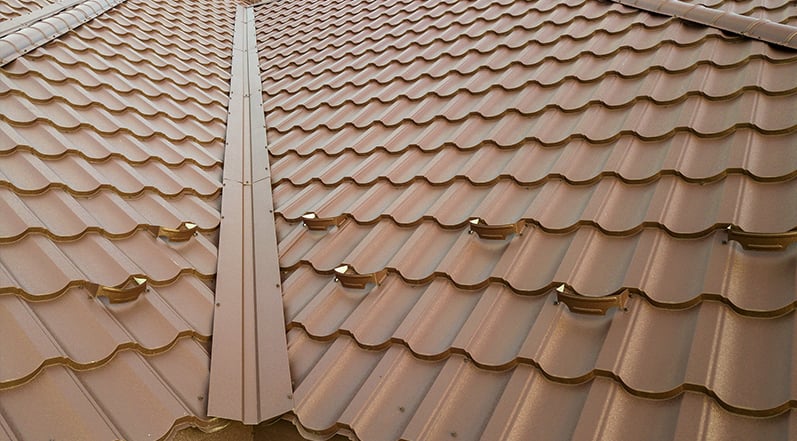
The thicker your shingles are, the more protected your roof will be. On the other hand, thinner shingles are much more brittle and susceptible to damage.
Durability
Added thickness to your shingles is going to mean that your shingles are more durable and tough. At the same time, high-quality architectural shingles have a lot more flexibility than slate, metal, and clay tile roofs thanks to their asphalt-based composition and reinforcement with organic materials or fiberglass.
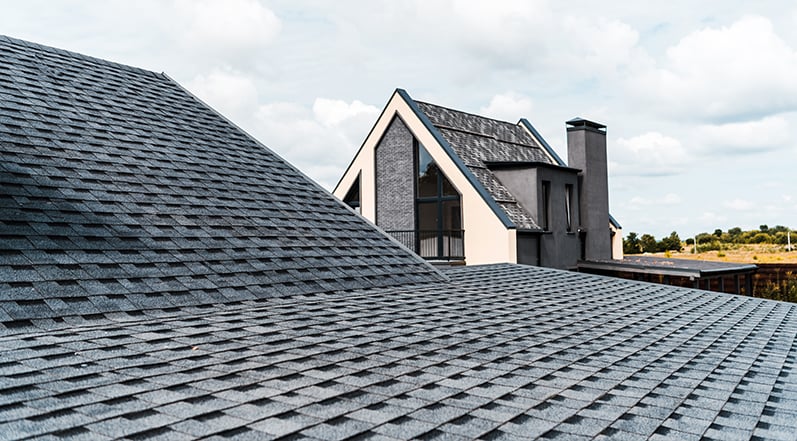
20-year 3-tab shingles are going to be much less durable than 30, 40, or 50-year architectural shingles. These thinner shingles aren’t nearly as resistant to harsh weather and heavy winds as architectural shingles.
Materials
The longer an asphalt shingle roofing product is rated to last, the better quality the materials used to manufacture them.

This means that they will be more durable and better able to withstand intense weather conditions.
Aesthetic Appeal
Though many different styles and colors are available for 3-tab shingles, they aren’t nearly as visually appealing as some of the 30, 40, or 50-year architectural shingle options.
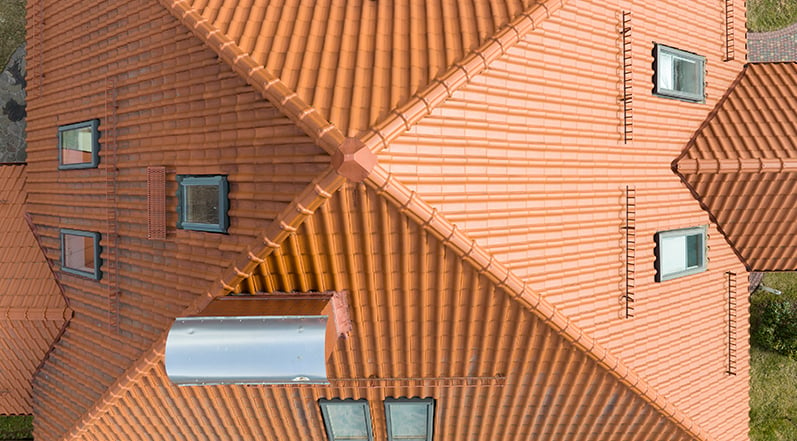
Of course, there are a wide variety of manufacturers and products when it comes to architectural shingles, which can vary significantly in terms of aesthetic appeal, quality, and design options. In general, though, there is much more room to create the visual look you are going for with architectural shingles compared to 3-tab 20-year shingles.
Property Value
Another factor worth considering when deciding which type of shingle to use on your home is how your roof can impact your property value.

Architectural shingles that come with 30, 40, and 50-year warranties come in a wide range of design styles and colors, some of which are made to mimic the appearance of attractive roofing systems like cedar shakes or slate.
Cost
As with most things in life, you tend to get what you pay for when it comes to shingles. 20-year 3–tab shingles are the cheapest asphalt shingle on the market, meaning that your initial upfront cost can be much lower than if you go with a 30, 40, or 50-year shingle.
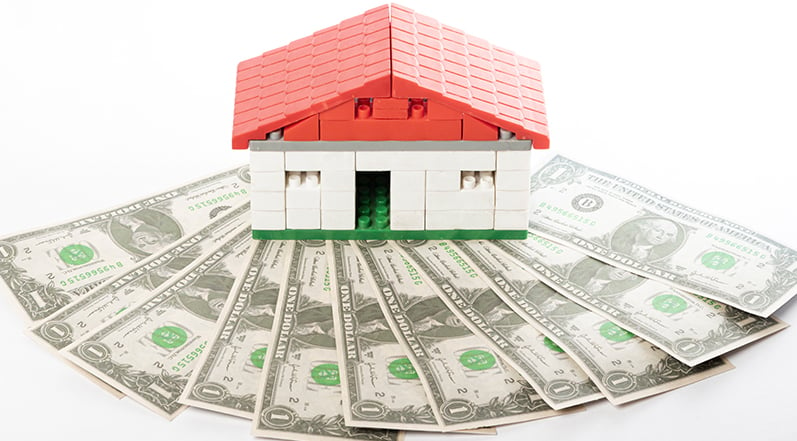
In some cases, the most affordable option might be the best option for you. If you have wiggle room in your budget, though, and you’re concerned with the total cost of the roofing material, you’ll want to consider the fact that you will need to repair and replace a 3-tab 20-year roof sooner and more often than an architectural shingle roofing system.
Will a 50-Year Roof Really Last 50 Years?
You might think that installing a 50-year shingle with a lifetime limited warranty will mean that you never have to worry about your roof for half a century. However, it’s worth understanding what it really means when a roof is rated to last a specific number of years.
When a roof is rated as a 30, 40, or 50-year roof, it doesn’t necessarily mean that it will withstand weather and damage for that full length of time. It means that if the conditions were absolutely ideal– such as no wind damage, minor fluctuations in temperature, minimal sun exposure, and so on– the roof would last that long.
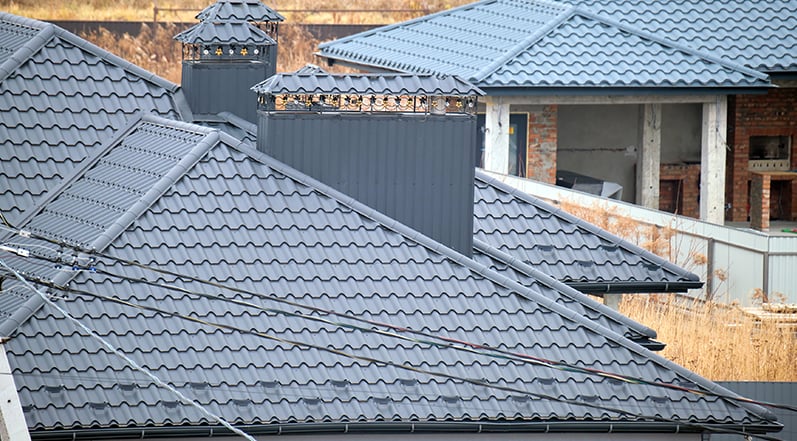
The reality is that conditions will never be as ideal as those used to rate the lifespan of shingles. This means that 30-year shingles in a climate with four distinct seasons could last up to 20 years if you inspect them regularly and perform all necessary maintenance. Without proper maintenance or regular inspections, a 30-year roof might reach the end of its life in 15 years.
A good rule of thumb you can use to estimate how long architectural shingles will last is to assume that, with proper maintenance, the maximum lifespan will be 80-85% of the rating.
What About the Warranty?
Even though shingles that used to carry 30, 40, or 50-year warranties now carry a limited lifetime warranty, this doesn’t mean that the shingles themselves have necessarily changed. It’s important to understand what is covered under these warranties– specifically, manufacturer’s defects for the specified period.
This means that many things that can go wrong with shingles throughout the roof’s life won’t be covered under the manufacturer’s warranty. Most of these warranties only cover the cost of the defective materials, which means that you will be the one footing the bill for the cost of labor to remove and dispose of the old shingles as well as install replacements.
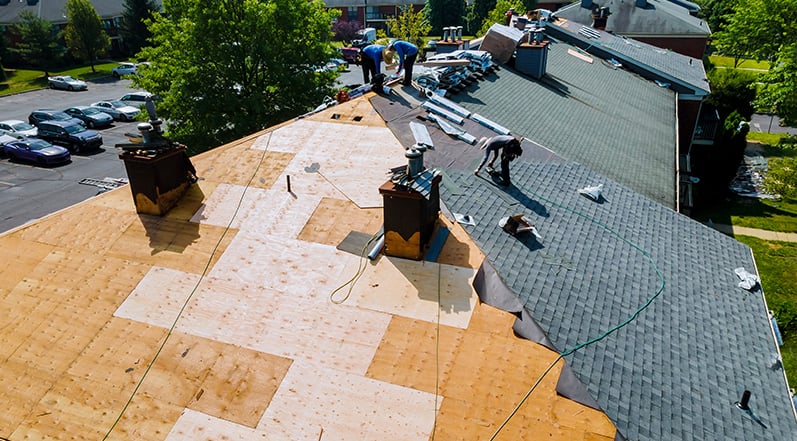
Since these standard warranties only cover manufacturing defects, they won’t cover the cost of prematurely failing shingles when the cause involves issues with other components of your roof or mistakes that were made during installation. This is one of the reasons it’s so important to have an experienced roofing company install your new roof.
Is It Time For a New Roof?
Getting a new roof is a big decision, and choosing the right type of shingle or material isn’t the only important choice you’ll be making. The key to an effective, protective, and long-lasting roof is twofold: quality materials and experienced roofing contractors. Even the best roofing materials in the world will fail sooner than they should if they aren’t installed properly.
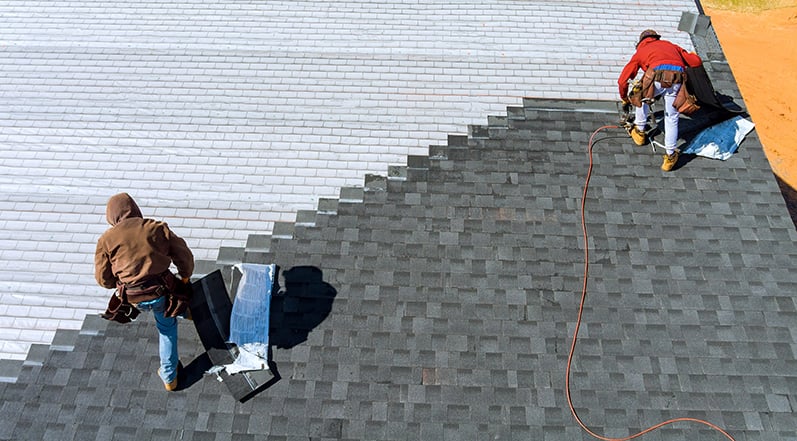
If it’s time for you to get a new roof in the Atlanta area, Colony Roofers is here to help. We specialize in offering the highest quality roofs for the lowest prices and pride ourselves in providing truly outstanding customer service. Dealing with contractors can be notoriously difficult. We strive to create a seamless and stress-free experience for you, whether you are seeking a few minor roof repairs or it’s time for a full replacement.
If that sounds good to you, contact us today to get started. We’d be happy to come out and discuss what the best options are for your roofing needs and offer you a free quote.
 Call (678) 365-3138
Call (678) 365-3138

